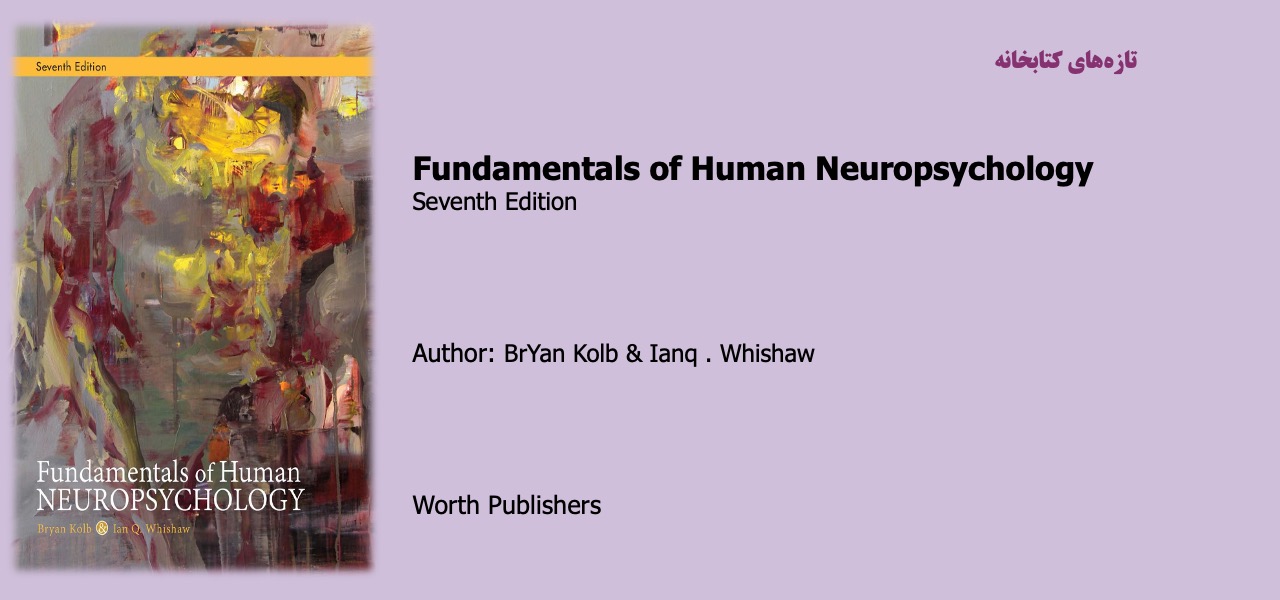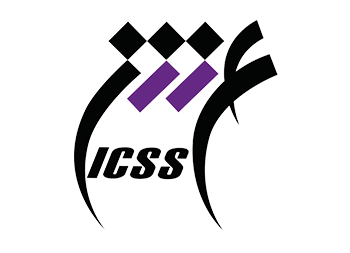Fundamentals of Human Neuropsychology Seventh Edition

Looking back to 1980, when Fundamentals of Human Neuropsychology’s first edition appeared, reminds us that in the 1970s, human neuropsychology did not yet exist as a unified body of knowledge about the human brain. The field had coalesced around hunches and inferences based on laboratory studies of monkeys, cats, and rats as well as on scattered studies of humans with assorted brain injuries. Over the past 40 years, as neuropsychology expanded, cognitive and social neuroscience have emerged as disciplines. Advances in and ever-more incisive use of noninvasive neuroimaging and abundant research innovations all have improved our understanding of brain anatomy.
Studies of nonhuman species remain central to human neuropsychology’s core principles, especially in understanding the structure and connectivity of the primate brain, but are more focused on mechanisms than behavioral phenomena.
Many researchers may share a bias that functional neuroimaging can replace studying brain-injured humans and laboratory animals. To others, this seems unlikely given the complexity of brain processes and the nature of subtraction methods used in imaging. The two approaches have become complementary, and this seventh edition reflects their intellectual evolution:
- Neuroimaging has led the renaissance in understanding neural networks and appreciating the brain’s connectome. In this edition, we have expanded Chapter 7, Imaging the Brain’s Activity, both to include new methods and to consider
the pros and cons of different techniques in light of their relevant uses and costs (see Section 7.5). Coverage of dynamic neural networks appears throughout the book, especially in Chapters 10, 16 to 22, and 27.
مطالب مرتبط

اصول روان درمانگری و مشاوره با رویکرد اسلامی (مفاهیم، فرآیند و فنون)
۲۶ / بهمن / ۱۴۰۳

آموزش مهارت نوشتن از منظر شناختی
۲۶ / بهمن / ۱۴۰۳


